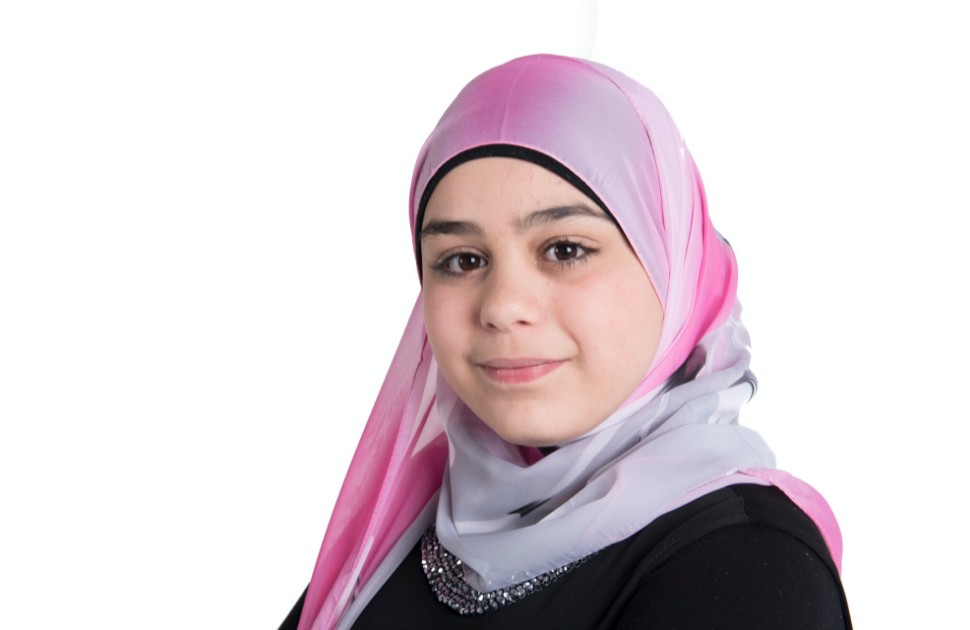
For best results make sure background graphics are enabled.
Hand fracture care
This resource is intended for children and youth seen in CHEO's Emergency Department. During your visit, your care provider will let you know which sections apply to you and what steps to follow. If you have any questions, always follow-up with your care team.
What to expect next (your care provider will check off all that apply to you):
![]() Buddy taping: your doctor has shown you how to tape your fingers. Make sure it is not too tight and loosen it if necessary. Change the tape as needed. Clean the skin between your fingers to keep them dry. Gauze or cotton can be placed between your fingers if they are sweaty.
Buddy taping: your doctor has shown you how to tape your fingers. Make sure it is not too tight and loosen it if necessary. Change the tape as needed. Clean the skin between your fingers to keep them dry. Gauze or cotton can be placed between your fingers if they are sweaty.
![]() Referral to Occupational Therapy: your doctor is referring you to our Occupational Therapists who can make a thermoplastic removable splint for your hand injury. These splints can be removed for gentle movements and hand washing. You should get a call within 1 week for an appointment. If you do not get a call within 1 week, please contact 613-737-7600 ext 2500. Please follow their specific instructions for care at that appointment.
Referral to Occupational Therapy: your doctor is referring you to our Occupational Therapists who can make a thermoplastic removable splint for your hand injury. These splints can be removed for gentle movements and hand washing. You should get a call within 1 week for an appointment. If you do not get a call within 1 week, please contact 613-737-7600 ext 2500. Please follow their specific instructions for care at that appointment.
![]() Referral to Plastic Surgery: a splint has been made to provide comfort and immobilization of the injury until you are seen in outpatient clinic. You should keep your splint on at all times to control pain and ensure healing. This includes keeping your splint dry and avoiding any activities (climbing, swimming, etc.) which may break or damage the splint. You should get a call for an appointment within 3 business days. If you do not get a call by day 4, please contact 613-737-7600 ext. 2326.
Referral to Plastic Surgery: a splint has been made to provide comfort and immobilization of the injury until you are seen in outpatient clinic. You should keep your splint on at all times to control pain and ensure healing. This includes keeping your splint dry and avoiding any activities (climbing, swimming, etc.) which may break or damage the splint. You should get a call for an appointment within 3 business days. If you do not get a call by day 4, please contact 613-737-7600 ext. 2326.
What can you do at home?
If you have been referred to Plastic Surgery, continue to wear the splint all the time.
For all other injuries, wear the splint throughout the day and night for the next 4-6 weeks. During that time, you may remove the splint or tape:
- when washing your hand (e.g. shower or bath)
- for gentle movements to prevent stiffness
What not to do:
- perform activities (lifting pushing or using your hand) that cause significant pain or discomfort to your hand or finger
- participate in contact sports or activities with a high risk of fall or injury to your hand again (e.g. skiing, biking, hockey, rough play, trampoline, basketball, etc.)
What to expect
It's normal for your hand to be sore or stiff, but this should improve over the next 3-6 weeks.
You can increase your activities (chores, play and sports) as pain and motion improves. You shouldn't participate in high-risk activities until there's no pain when using your hand, or when pressing on your finger/hand. This is to make sure that your hand heals quickly and doesn't get re-injured. When you restart sports and activities, increase gradually and stop if you experience pain or discomfort. Usually sports are not started until at least 6 weeks after your injury.
When do I need follow-up?
If you haven't been referred to Plastic Surgery and there are no further concerns, your type of injury will heal well without needing planned follow-up.
You should see a doctor again if you develop any of the following problems:
- broken or uncomfortable splint
- worsening or persistent pain after 6 weeks
- unable to return to all activities by 8 weeks
If you have any concerns, please see your family doctor to get a referral to the CHEO plastic surgery clinic. If you do not have a family doctor, the Emergency Department is available to reassess your injury and provide a referral.
 Looking for translation?
Looking for translation?
Did you know: our care resources can be translated into over 100 languages using Google Translate! Click the Translate button on the top right corner of your screen and select your preferred language to get started.
Disclaimer
This resource is for educational purposes only, and was originally written in English and translated to French. Translation to any other languages is automatically provided through Google Translate, and not official. There may be subtle differences or inaccuracies. If you have any questions about medical matters including your care and treatment, please reach out to your health-care team.




